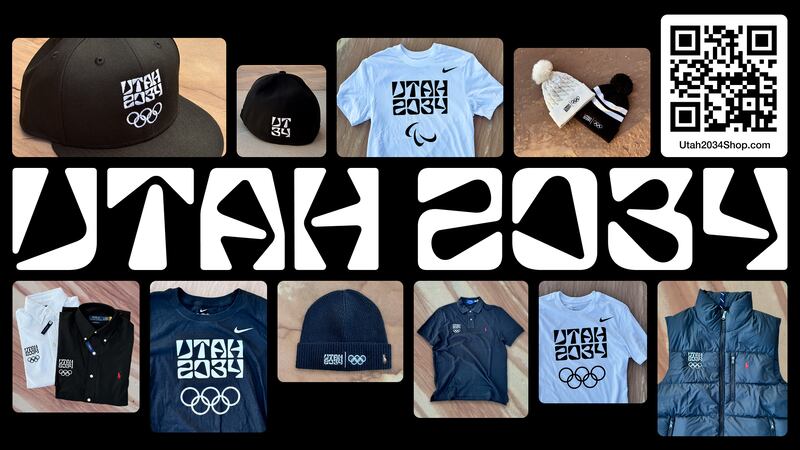
The upcoming Winter Olympics and Paralympics, set to take place in January 2034, will officially be named Utah 2034, organizers announced on Monday. This new branding aims to highlight the state of Utah as the host, rather than focusing solely on Salt Lake City, which previously hosted the Winter Games in 2002.
The announcement includes a new logo inspired by Utah’s distinctive red rock formations and the shapes created by winter athletes on snow and ice. This logo will be prominently displayed across various platforms, including a 12-foot sculpture at Salt Lake City International Airport, T-shirts, and baseball caps.
Emphasizing Statewide Participation
Fraser Bullock, president and executive chair of the Organizing Committee for the 2034 Olympic and Paralympic Winter Games, explained the significance of this branding decision. “This is an opportunity to widen Utah’s brand around the world, just like we did with Salt Lake City in 2002,” he stated. The Games are positioned as a collective effort for the entire state, with Bullock referring to Utah as the “umbrella brand” for the event.
In a clear indication of the financial implications, Bullock mentioned that the state is the financial guarantor for the Games. This follows Governor Spencer Cox signing the host contract with the International Olympic Committee (IOC), which obligates taxpayers to cover any potential financial shortfall. Bullock emphasized the importance of community participation, indicating that many competitions will take place outside Salt Lake City.
While Salt Lake City remains a crucial hub for the Games, hosting the Opening and Closing Ceremonies at the University of Utah’s Rice-Eccles Stadium, its name will appear in smaller text beneath the Utah 2034 logo. This design reflects a balance between acknowledging the capital city and celebrating the broader state involvement.
Local Reactions and Future Engagement
Salt Lake City Mayor Erin Mendenhall reacted to the new branding with a mix of pride and disappointment. “It stings,” she remarked. “It’s not the route I would have chosen for the name of these Games, but I sincerely do want the Games to lift up every community in the state.” Mendenhall reassured that the city will continue to play a central role, as it will host vital events and serve as the primary location for athlete accommodations.
Despite not having a vote on the organizing committee, Mendenhall remains involved in advisory capacities. She expressed her commitment to ensuring that Salt Lake City retains its Olympic legacy, stating, “We are and always will be an Olympic city.”
Brad Wilson, the organizing committee’s CEO, noted that discussions about making Utah the official host began over six years ago. “The conversation was around how do we have all of Utah host these Games,” he explained. The aim is for all Utah residents to feel a sense of ownership and responsibility as hosts.
The IOC welcomed the new name, viewing it as an opportunity to engage a broader audience in the lead-up to the Games. A spokesperson stated that the IOC sees this branding as a way to unify the region and generate excitement for the event.
As preparations continue, the organizing committee has raised over $200 million towards the estimated $4 billion cost of the Games, primarily relying on private funding through sponsorships and broadcast rights. Merchandise sales will also contribute to the budget, albeit modestly, with a focus on making products available to fans.
The new website and social media channels, now under the Utah 2034 branding, reflect this shift towards a more inclusive representation of the state. Organizers are optimistic that the new name will resonate positively with both local residents and international audiences as excitement builds for the Winter Games in 2034.







